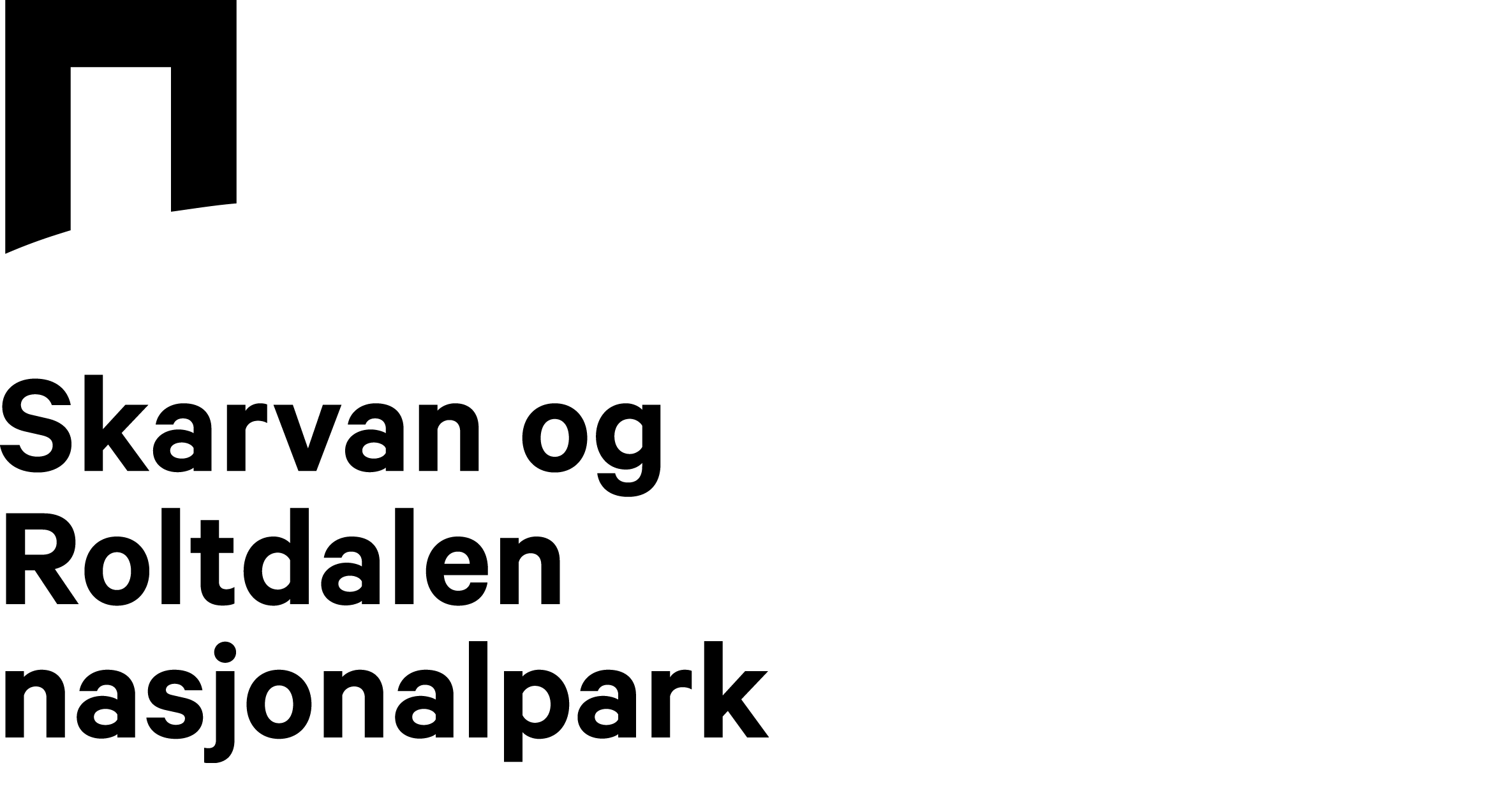
About the national park
The landscape is characterised by its ancient coniferous forests, high mountains, and expansive marshes. The rushing brooks and rivers provide plenty of opportunity to catch trout or char. This, together with countless traces of human activity from several hundreds of years ago, creates a rich landscape packed with culture and history.
About the national park
The landscape is characterised by its ancient coniferous forests, high mountains, and expansive marshes. The rushing brooks and rivers provide plenty of opportunity to catch trout or char. This, together with countless traces of human activity from several hundreds of years ago, creates a rich landscape packed with culture and history.

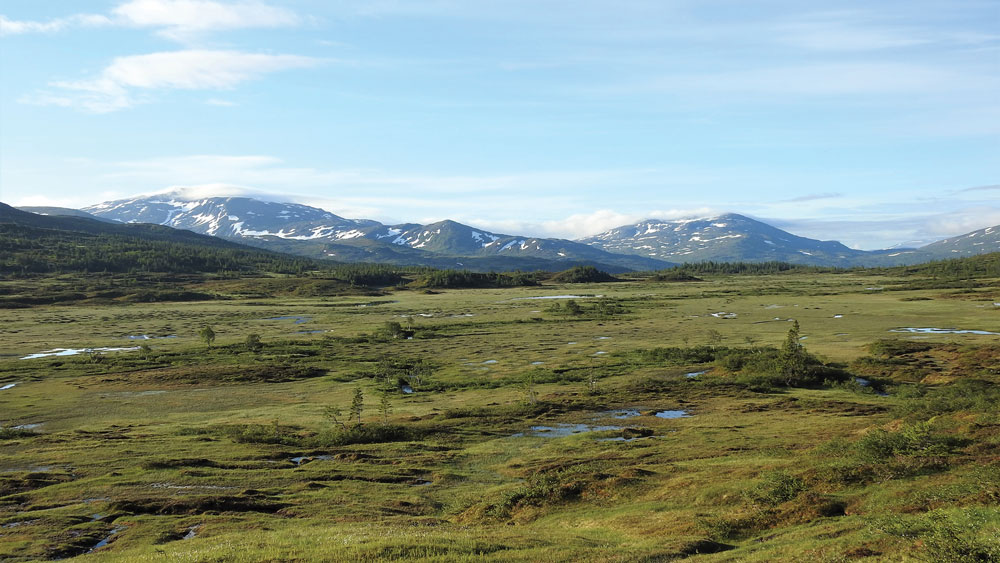
Why a national park?
In a national park, nature must be allowed to develop left to its own devices – without human intrusion. This ensures that there is a sufficient area for species that need large areas of habitat; it also provides the necessary conditions for the important interactions that takes place between those species and their habitats. In this way, we can make sure that nature’s diversity will be preserved in the future.
Read more
Skarvan and Roltdalen National Park was established for the preservation of wildlife in 2004. It is a forest and mountain area located in Trønderlag, east of Trondheim, covering the municipal areas of Meråker, Stjørdal, Selbu and Tydal. The park covers an area of 441 km2. It is largely untouched by modern technology but is rich in cultural relics that indicate how people used the land in the past. The South Sámi continue to farm reindeer in the region, which is an important condition for the ongoing survival of Sámi language and culture. This means that you can have a magnificent experience in the Skarvan and Roltalen National Park exploring its stunning forests, mountains and pastures and rich cultural heritage.
Plant and animal life
The old-growth (primeval) spruce forest found in Roltdalen is the park’s most significant botanical feature. The forest is full of magnificent vast trees, rich in a broad diversity of mosses, lichens, and fungi. Typical bird species found in the old-growth forests include the great tit, black tit, woodpecker and capercaillie. Some mountain and forest pastures are growing back while others still have open acreage potentially allowing different kinds of plants and fungi to grow. Birds of prey such as kestrel and golden eagles can be seen. And among other things, there also wolves, moose, hares, and grouse

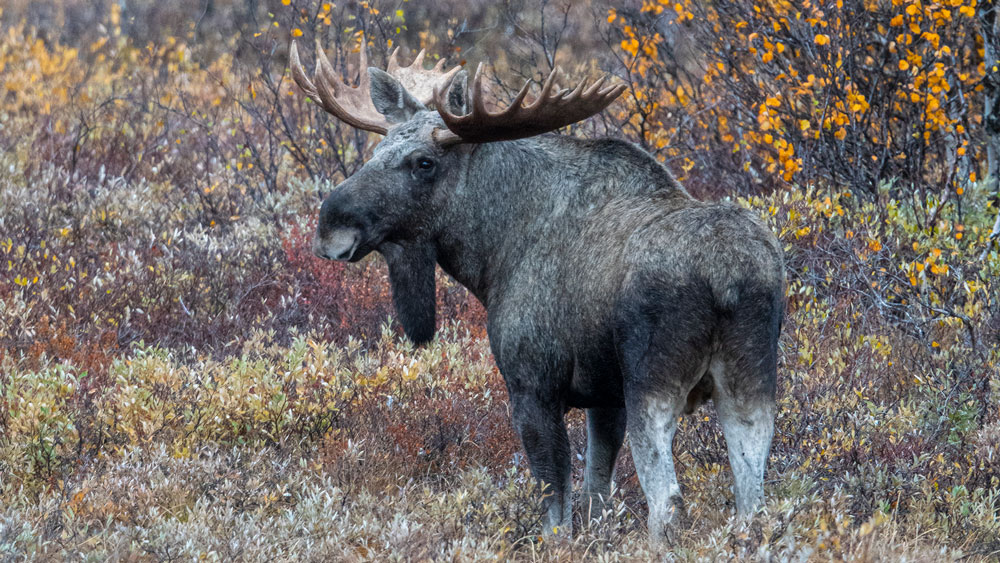

Plant and animal life
The old-growth (primeval) spruce forest found in Roltdalen is the park’s most significant botanical feature. The forest is full of magnificent vast trees, rich in a broad diversity of mosses, lichens, and fungi. Typical bird species found in the old-growth forests include the great tit, black tit, woodpecker and capercaillie. Some mountain and forest pastures are growing back while others still have open acreage potentially allowing different kinds of plants and fungi to grow. Birds of prey such as kestrel and golden eagles can be seen. And among other things, there also wolves, moose, hares, and grouse
Read more about plant and animal life.

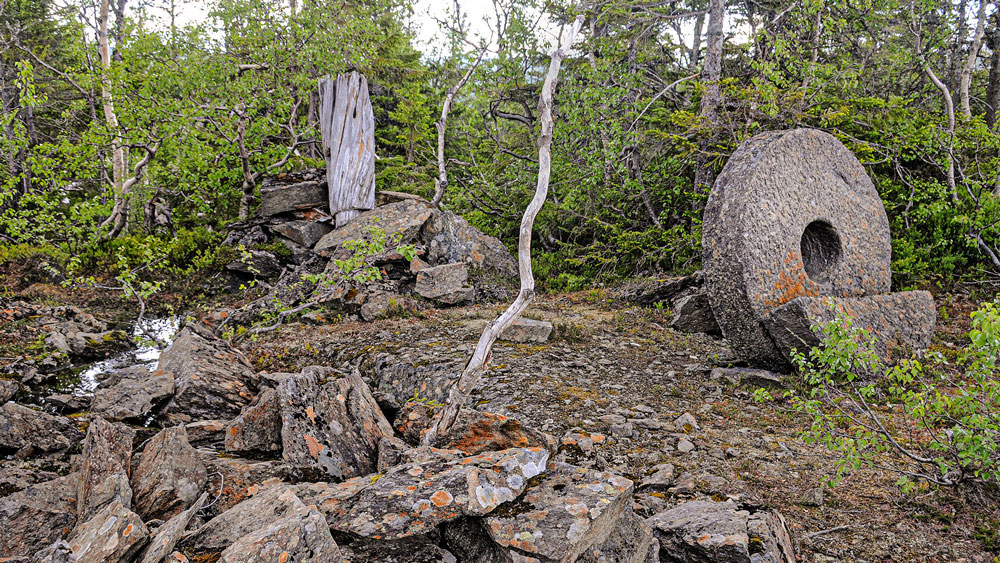
The Millstones
The bedrock has been worked for hundreds of years in Skarvan and Roltdalen National Park. The most important work has been cutting millstones. The history of the millstones has been documented from the 16th century until 1914. The largest concentration of millstone quarries is in Høgfjellet.

Iron production and mining
Manufacturing went on in Skarvan and Roltdalen National Park for almost 2000 years. The earliest records show that iron extraction from bog iron (myrmalm) came first. Later, several copper mines operated in what is now the national park until the 18th century.

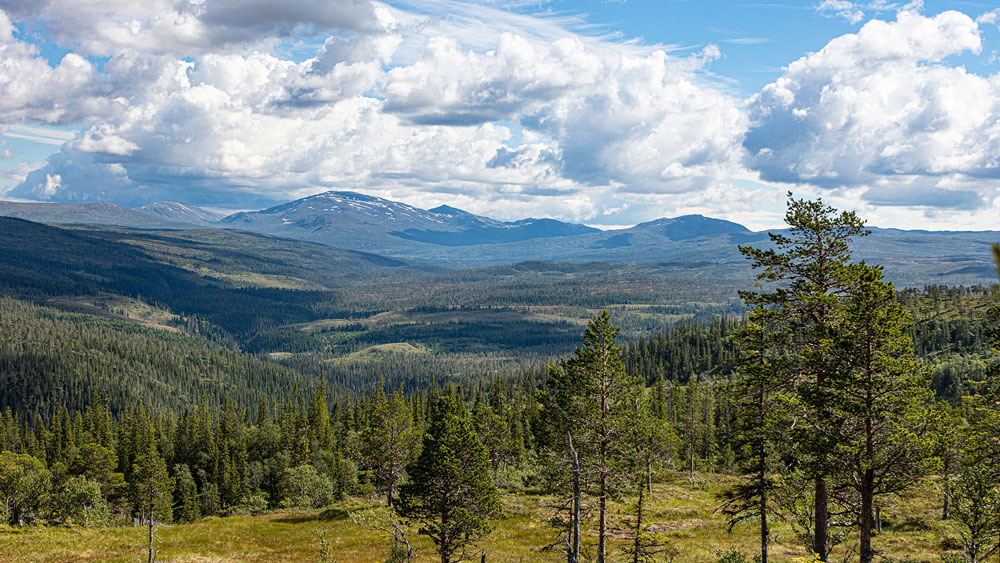

Iron production and mining
Manufacturing went on in Skarvan and Roltdalen National Park for almost 2000 years. The earliest records show that iron extraction from bog iron (myrmalm) came first. Later, several copper mines operated in what is now the national park until the 18th century.

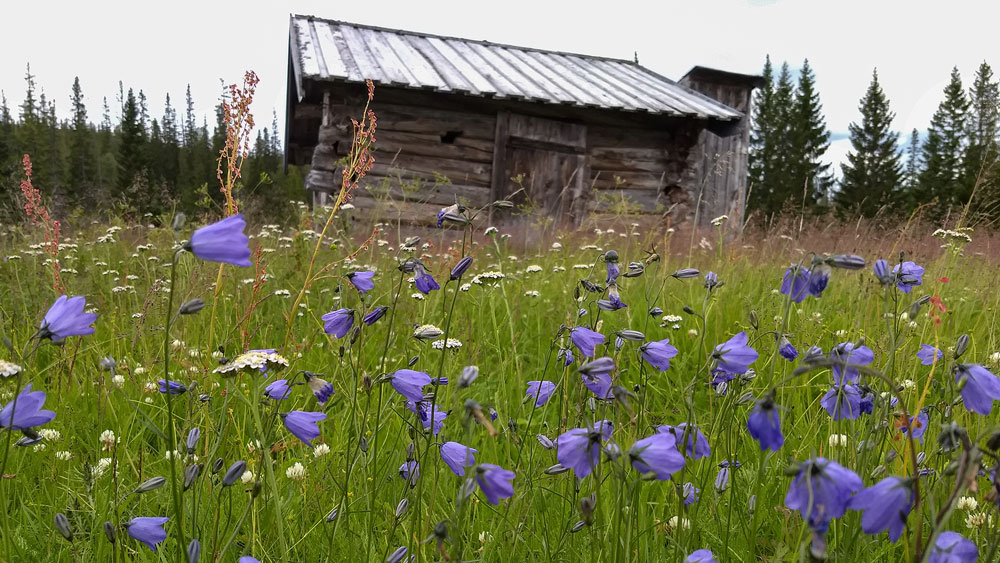
Farming in the mountains and pastures
The pastures in Skarvan and Roltdalen National Park have, for many hundreds of years, been used for haymaking, grazing and farming. There is a total of 65 registered forest and mountain pastures in the national park. On many of the pastures, several farms had their own buildings. There remains a total of over 130 buildings. Hill and mountain farming reached its peak in the middle of the 19th century. After the war, farming hill and mountainside pastures decreased rapidly, and in 1969 it ceased altogether, with Stormoen being the last to close.

Sámi reindeer farming
The entire Skarvan and Roltdalen National Park is actually part of the Sámi’s Saanti sitje / Essand reindeer grazing district. The way the land was used the past and is used today, shows just how the area is a living Sámi cultural landscape. In the national park you will find traces of all the different ages of Sámi from trapping to nomadic herding to reindeer husbandry.

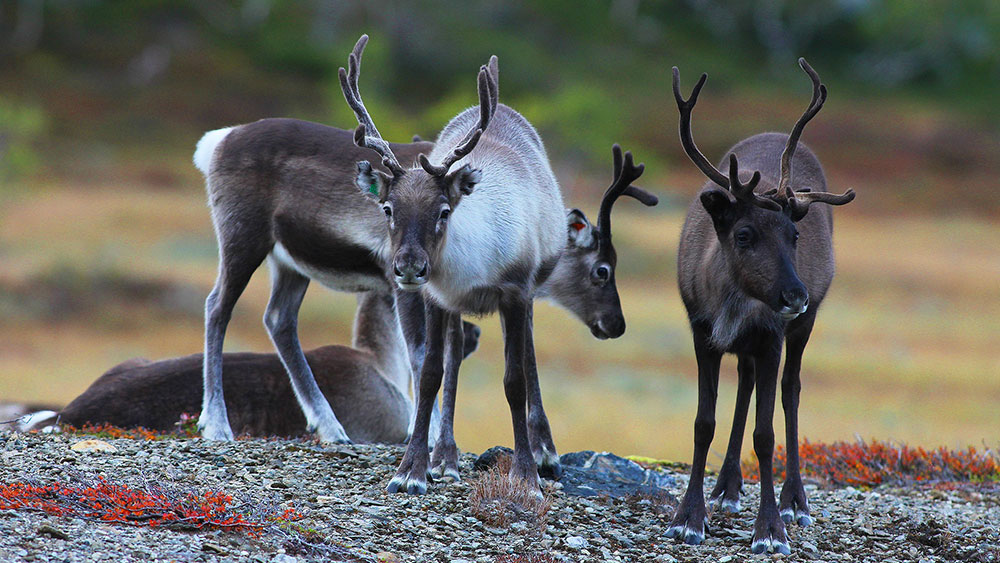

Sámi reindeer farming
The entire Skarvan and Roltdalen National Park is actually part of the Sámi’s Saanti sitje / Essand reindeer grazing district. The way the land was used the past and is used today, shows just how the area is a living Sámi cultural landscape. In the national park you will find traces of all the different ages of Sámi from trapping to nomadic herding to reindeer husbandry.
Read more about reindeer frming

Contact us
The National Park for Skarvan and Roltdalen and Sylan
Postbox 2600
7734 STEINKJER
Tel: 73 19 93 11
Email: lars.slettom@statsforvalteren.no
